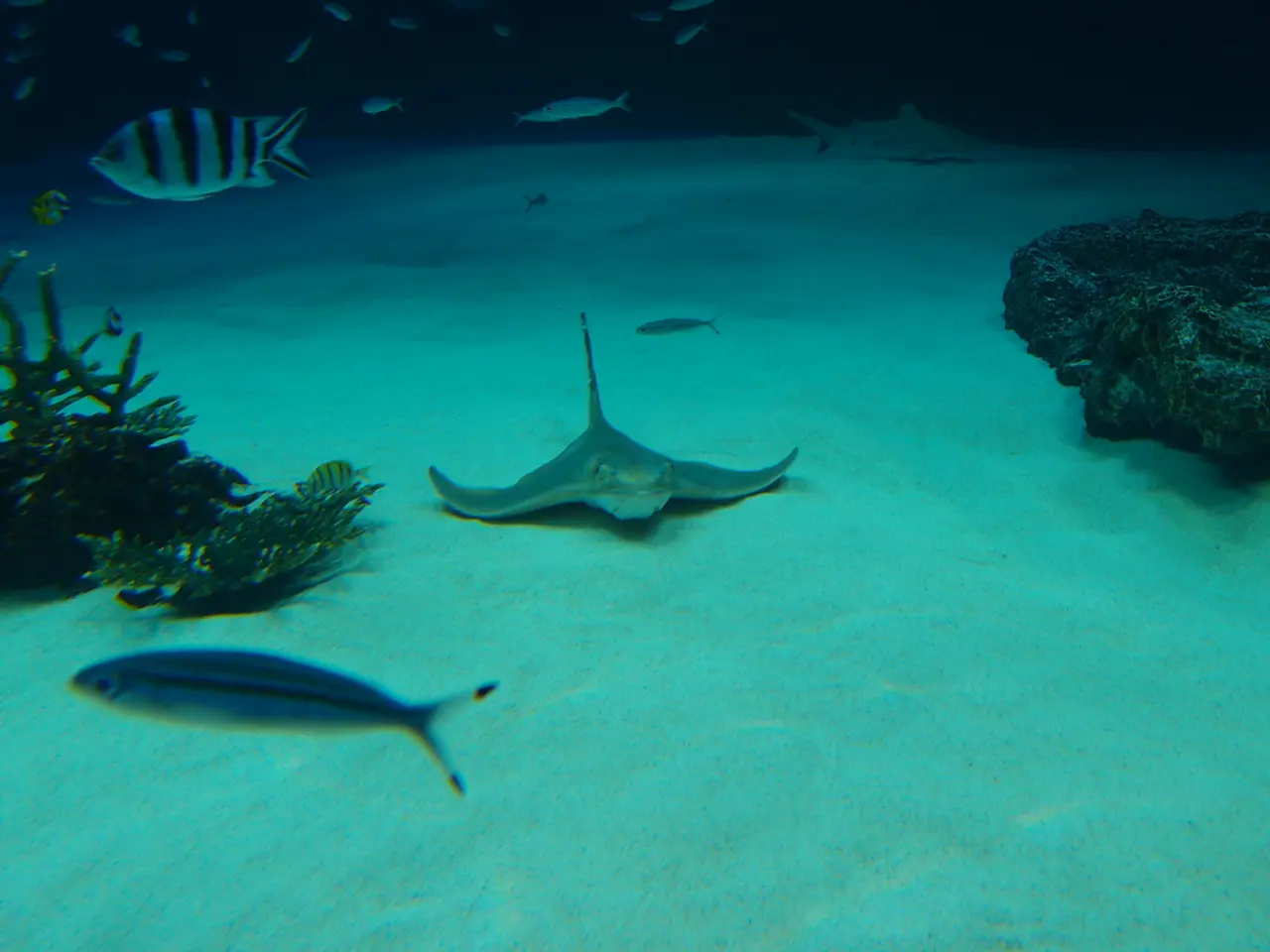Investigating the Mystery of Hydrospatial: Unveiling Its Secrets
In the realm of hydrography and geospatial data, a new term is gaining traction: Hydrospatial. This innovative concept combines the science of measuring and describing the physical features of oceans, seas, lakes, and rivers (hydrography) with geospatial data technologies. The aim is to map, analyze, and manage aquatic spaces more effectively, enhancing our understanding, navigation, and stewardship of marine and freshwater environments.
The purpose of Hydrospatial is multifaceted. It seeks to support improved decision-making in areas such as coastal engineering, environmental protection, maritime navigation, and scientific research. By leveraging spatial data, Hydrospatial enables detailed oceanic and aquatic mapping, environmental monitoring, and resource management.
A prime example of Hydrospatial's potential can be seen in the creation of detailed models and maps of underwater terrain and aquatic ecosystems. This is achieved by combining hydrographic survey data with geospatial software, as discussed in recent conversations about global ocean mapping and marine geospatial software. The trend towards advancing hydrography by incorporating comprehensive spatial data approaches is clear, as it better captures the complexity of aquatic environments.
However, the water or WET SIDE presents unique challenges when it comes to measurement, understanding, and representation on a map or chart. Recognising this complexity, the Hydrospatial Movement Community (HMC) is inviting individuals and organizations to join the conversation and contribute to shaping the term.
The HMC is also considering hosting a series of virtual meetings to further discuss the implications and potential of Hydrospatial. Reports will be provided when conclusions are reached from these meetings. Feedback, comments, and suggestions are welcome from the community, as the conversation on Hydrospatial continues.
The authors of the article "What's Hydrospatial?" suggest adopting the term to distinguish digital hydrographic data from broader terrestrial datasets. They also argue that the term is important and complimentary to geospatial, as it specifically refers to the water mass. The authors further emphasise the need for a term that better captures the widening interests and presence in the water domain, given that water covers over 70% of our planet and plays a vital role in our ways of living, yet remains underexplored.
Despite the growing interest in Hydrospatial, some people have expressed divergent views about the term, considering it possibly misleading. However, the HMC remains committed to fostering a broader understanding of Hydrospatial and its potential to revolutionise the way we map and manage our water worlds.
To join the Hydrospatial Movement Community and stay updated on its activities, please contact [email protected]. More information about the HMC can be found in various references and bibliography. The HMC is also considering holding a virtual meeting series over the next year.
- Hydrospatial, a blend of hydrography and geospatial data technologies, aims to enhance our understanding, navigation, and stewardship of marine and freshwater environments, supporting decision-making in areas such as coastal engineering and environmental protection.
- By adopting the term Hydrospatial, digital hydrographic data can be differentiated from broader terrestrial datasets, and better capture the complexity of aquatic environments that cover over 70% of our planet.
- The Hydrospatial Movement Community (HMC) invites individuals and organizations to join the conversation and contribute to shaping the term, recognising the unique challenges in measuring, understanding, and representing water on a map or chart.
- With growing interest in Hydrospatial, the HMC is planning a series of virtual meetings to further discuss the implications and potential of this innovative concept, welcoming feedback, comments, and suggestions from the community.
- Hydrospatial holds the promise to revolutionise the way we map and manage our water worlds, especially considering its applications in detailed oceanic and aquatic mapping, environmental monitoring, and resource management.
- As a step towards personal growth and self-development, expanding one's knowledge through education and resources related to Hydrospatial and environmental science can contribute to promoting sustainable living and mindfulness, aligning with technological advancements in data and cloud computing.
- In the realm of home-and-garden and lifestyle, one might envision Hydrospatial contributing to better global awareness and stewardship of the world's waters, ultimately impacting the quality of life, both literally and figuratively.




